| Origem | Literatura Estrangeira |
|---|---|
| Quantidade de Páginas | 292 |
| Acabamento | Capa Comum |
| Autores | Simon P. Stocks |
| Idioma | Inglês |
| Edição | 0 |
| Selo | Wipf and Stock Publishers |
 2019, O Ápice da Transição Planetária
2019, O Ápice da Transição Planetária
FE Editora
R$ 49,90 à vista Os três caminhos da vida espiritual
Os três caminhos da vida espiritual
Editora Vozes
R$ 26,00 à vista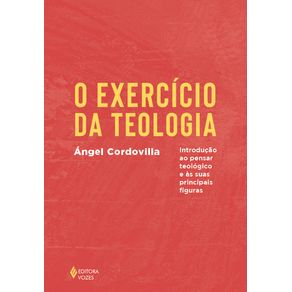 O exercício da teologia
O exercício da teologia
Editora Vozes
R$ 89,00 à vista A Missa nossa de cada dia
A Missa nossa de cada dia
Editora Vozes
R$ 45,00 à vista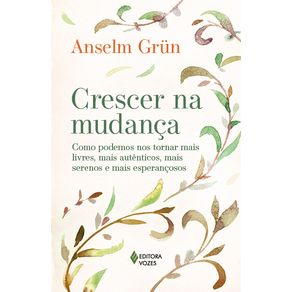 Crescer na mudança
Crescer na mudança
Editora Vozes
R$ 50,00 à vista Tratado da verdadeira devoção à Santíssima Virgem - Ed. Luxo
Tratado da verdadeira devoção à Santíssima Virgem - Ed. Luxo
Editora Vozes
R$ 85,00 à vista Fioretti de São Francisco de Assis
Fioretti de São Francisco de Assis
Editora Vozes
R$ 25,00 à vista Proatividade Evolutiva: Sob a Ótica da Autoconsciencioterapia
Proatividade Evolutiva: Sob a Ótica da Autoconsciencioterapia
Editares
R$ 102,90 ou até 2x sem juros História da igreja no sul de Minas: a criação das dioceses de Pouso Alegre, Campanha e Guaxupé
História da igreja no sul de Minas: a criação das dioceses de Pouso Alegre, Campanha e Guaxupé
Paco Editorial
R$ 124,90 ou até 2x sem juros Candomblé no Brasil: resistência negra na diáspora africana
Candomblé no Brasil: resistência negra na diáspora africana
Paco Editorial
R$ 35,90 à vista Passio perpetuae et felicitatis: paixão de perpétua e felicidade
Passio perpetuae et felicitatis: paixão de perpétua e felicidade
Paco Editorial
R$ 69,60 à vista Catarina Juliana: uma sacerdotisa africana e sua sociedade de culto no interior de Angola (Século XVIII)
Catarina Juliana: uma sacerdotisa africana e sua sociedade de culto no interior de Angola (Século XVIII)
Paco Editorial
R$ 46,90 à vista Visible Mantra
Visible Mantra
Lulu Press
R$ 299,39 ou até 3x sem juros Sede de Terra Santa - Jornada a Jerusalém PRÉ VENDA
Sede de Terra Santa - Jornada a Jerusalém PRÉ VENDA
Editora New Naipe
R$ 53,90 à vista Todo dia - Noite
Todo dia - Noite
IDE Editora
R$ 21,00 à vista Benzedura Ancestral: Saberes de ontem para o hoje bendito
Benzedura Ancestral: Saberes de ontem para o hoje bendito
Instituto Cultural Umbanda Eu Curto
R$ 39,00 à vista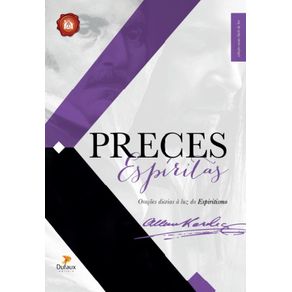 Preces Espíritas: Orações diárias à luz do Espiritismo
Preces Espíritas: Orações diárias à luz do Espiritismo
DUFAUX
R$ 60,00 à vista O exercício da teologia
O exercício da teologia
Editora Vozes
R$ 89,00 à vista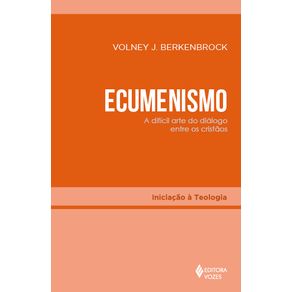 Ecumenismo
Ecumenismo
Editora Vozes
R$ 60,00 à vista Fioretti de São Francisco de Assis
Fioretti de São Francisco de Assis
Editora Vozes
R$ 25,00 à vista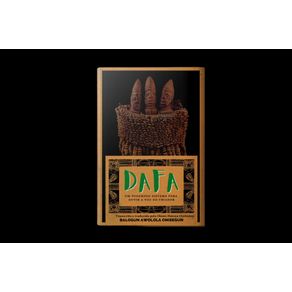 Dafa - Um Poderoso Sistema para Ouvir a Voz do Criador
Dafa - Um Poderoso Sistema para Ouvir a Voz do Criador
Parzifal Publicações
R$ 120,00 ou até 2x sem juros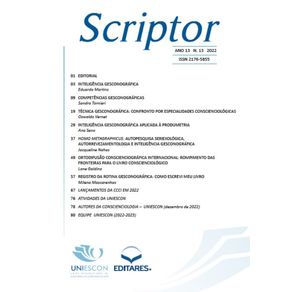 Scriptor - 13: Ano 13, N. 13, 2022
Scriptor - 13: Ano 13, N. 13, 2022
Editares
R$ 40,00 à vista Candomblé no Brasil: resistência negra na diáspora africana
Candomblé no Brasil: resistência negra na diáspora africana
Paco Editorial
R$ 35,90 à vista Catarina Juliana: uma sacerdotisa africana e sua sociedade de culto no interior de Angola (Século XVIII)
Catarina Juliana: uma sacerdotisa africana e sua sociedade de culto no interior de Angola (Século XVIII)
Paco Editorial
R$ 46,90 à vista Santo Agostinho e as Sagradas Escrituras: O Desenvolvimento de uma Exegese Patrística
Santo Agostinho e as Sagradas Escrituras: O Desenvolvimento de uma Exegese Patrística
Paco Editorial
R$ 42,90 à vista Visible Mantra
Visible Mantra
Lulu Press
R$ 299,39 ou até 3x sem juros No Rumo do Mundo de Regeneração
No Rumo do Mundo de Regeneração
IDE Editora
R$ 67,00 à vista Lembranças que o tempo não apaga
Lembranças que o tempo não apaga
PETIT
R$ 56,00 à vista Jurema das matas
Jurema das matas
Lúmen
R$ 72,00 à vista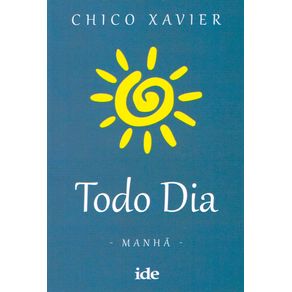 Todo Dia - Manhã
Todo Dia - Manhã
IDE Editora
R$ 21,00 à vista MENSAGEIROS DO AMANHECER
MENSAGEIROS DO AMANHECER
Aquariana
R$ 72,90 à vista 2019, O Ápice da Transição Planetária
2019, O Ápice da Transição Planetária
FE Editora
R$ 49,90 à vista Ensinamentos das pescas milagrosas: As mensagens inspiradoras nos milagres
Ensinamentos das pescas milagrosas: As mensagens inspiradoras nos milagres
Mingos Editora
R$ 32,99 à vista Ecumenismo
Ecumenismo
Editora Vozes
R$ 60,00 à vista Dafa - Um Poderoso Sistema para Ouvir a Voz do Criador
Dafa - Um Poderoso Sistema para Ouvir a Voz do Criador
Parzifal Publicações
R$ 120,00 ou até 2x sem juros Scriptor - 13: Ano 13, N. 13, 2022
Scriptor - 13: Ano 13, N. 13, 2022
Editares
R$ 40,00 à vista Proatividade Evolutiva: Sob a Ótica da Autoconsciencioterapia
Proatividade Evolutiva: Sob a Ótica da Autoconsciencioterapia
Editares
R$ 102,90 ou até 2x sem juros A experiência místico-religiosa em São Boaventura: Uma análise descritiva do itinerário da mente para Deus
A experiência místico-religiosa em São Boaventura: Uma análise descritiva do itinerário da mente para Deus
Paco Editorial
R$ 39,90 à vista História da igreja no sul de Minas: a criação das dioceses de Pouso Alegre, Campanha e Guaxupé
História da igreja no sul de Minas: a criação das dioceses de Pouso Alegre, Campanha e Guaxupé
Paco Editorial
R$ 124,90 ou até 2x sem juros Em tudo semelhante, em nada parecido: uma análise comparativa dos planos urbanos das missões jesuíticas de Mojos, Chiqu
Em tudo semelhante, em nada parecido: uma análise comparativa dos planos urbanos das missões jesuíticas de Mojos, Chiqu
Paco Editorial
R$ 96,90 à vista Visible Mantra
Visible Mantra
Lulu Press
R$ 299,39 ou até 3x sem juros Sede de Terra Santa - Jornada a Jerusalém PRÉ VENDA
Sede de Terra Santa - Jornada a Jerusalém PRÉ VENDA
Editora New Naipe
R$ 53,90 à vista Jesus e nós
Jesus e nós
LEAL
R$ 60,00 à vista No Rumo do Mundo de Regeneração
No Rumo do Mundo de Regeneração
IDE Editora
R$ 67,00 à vista Jurema das matas
Jurema das matas
Lúmen
R$ 72,00 à vista